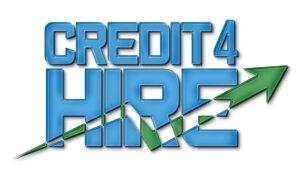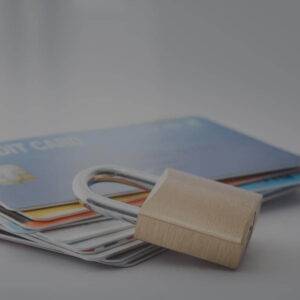Credit identity theft is a growing problem, affecting millions of people every year. It happens when someone obtains your personal information and uses it to open new accounts, make purchases, or take out loans in your name. Credit identity theft can have serious and long-lasting effects, so it’s important to know the risks and take steps to keep yourself safe. In this blog, we’ll discuss what credit identity theft is, how it happens, and what you can do to prevent it.
What is Credit Identity Theft?
Credit identity theft is a type of fraud where someone uses your personal information to open new accounts, make purchases, or take out loans in your name. This can include your name, address, Social Security number, date of birth, and other sensitive information. The thief can then use your information to make purchases, take out loans, or open new accounts, all of which can affect your credit score and financial stability.
How Does Credit Identity Theft Happen?
- Data Breaches: Data breaches are one of the most common ways that personal information is stolen. This can occur when a company’s database is hacked or information is stolen from an employee’s computer.
- Phishing Scams: Phishing scams are another common way that thieves obtain personal information. This happens when someone sends an email or message claiming to be from a reputable company and asks for your personal information.
- Physical Theft: Physical theft of mail or personal documents can also lead to credit identity theft. This can occur if someone steals your mail or finds your personal information in a dumpster.
- Skimming Devices: Skimming devices are attached to ATMs or gas pumps and are used to steal your personal information. They can be difficult to detect and are becoming more common.
How to Prevent Credit Identity Theft
Here are some steps you can take to prevent credit identity theft:
- Monitor Your Credit Report: Regularly monitor your credit report to see if there are any accounts or purchases that you don’t recognize. You can request a free credit report once a year from each of the three major credit bureaus.
- Secure Your Personal Information: Be careful about who you share your personal information with and keep it secure. Use strong passwords, and don’t leave your personal information in plain sight.
- Be Careful with Email and Online Transactions: Be careful when giving out personal information online, and don’t click on links or download attachments from unknown sources.
- Check Your Bank and Credit Card Statements: Regularly check your bank and credit card statements to make sure there are no unauthorized transactions.
- Use a Credit Monitoring Service: A credit monitoring service can alert you if there is any suspicious activity on your credit report.
In conclusion, credit identity theft is a serious problem that can have long-lasting consequences. By taking the steps to protect yourself, you can reduce your risk and help keep your personal information and financial stability safe. Stay vigilant and take action today to protect yourself from credit identity theft.



